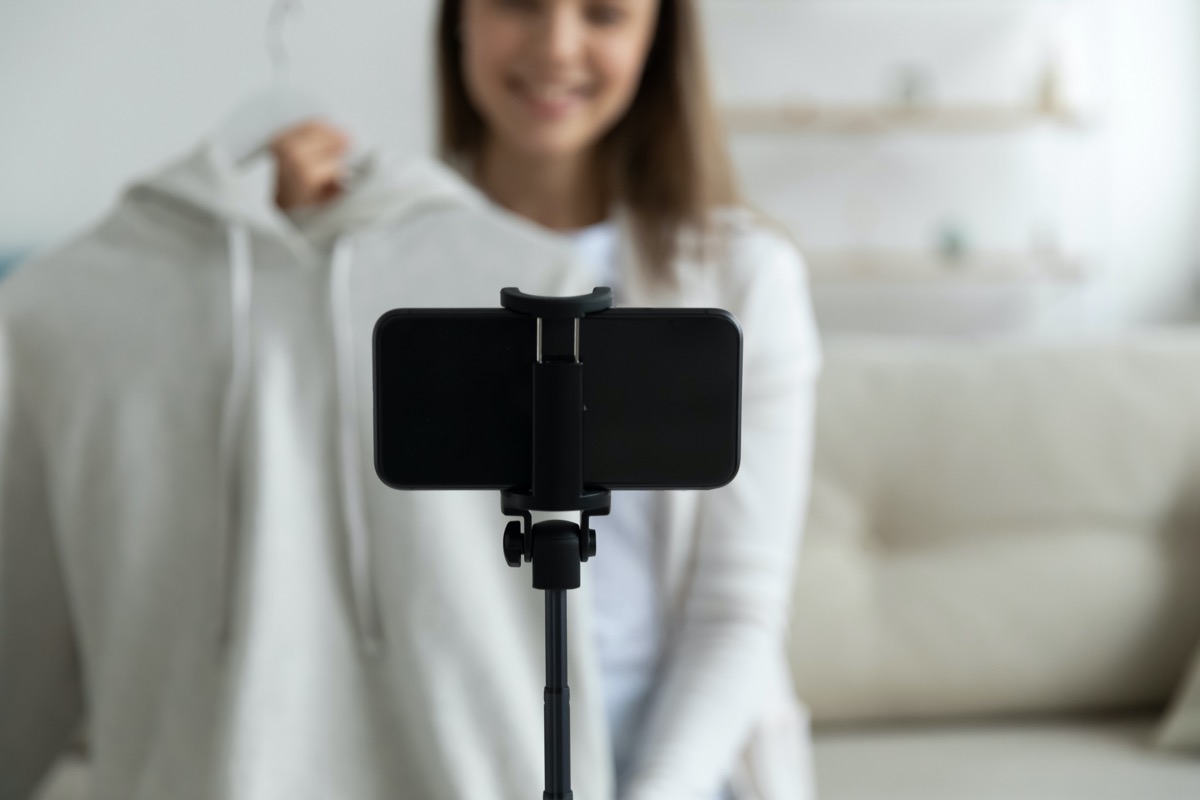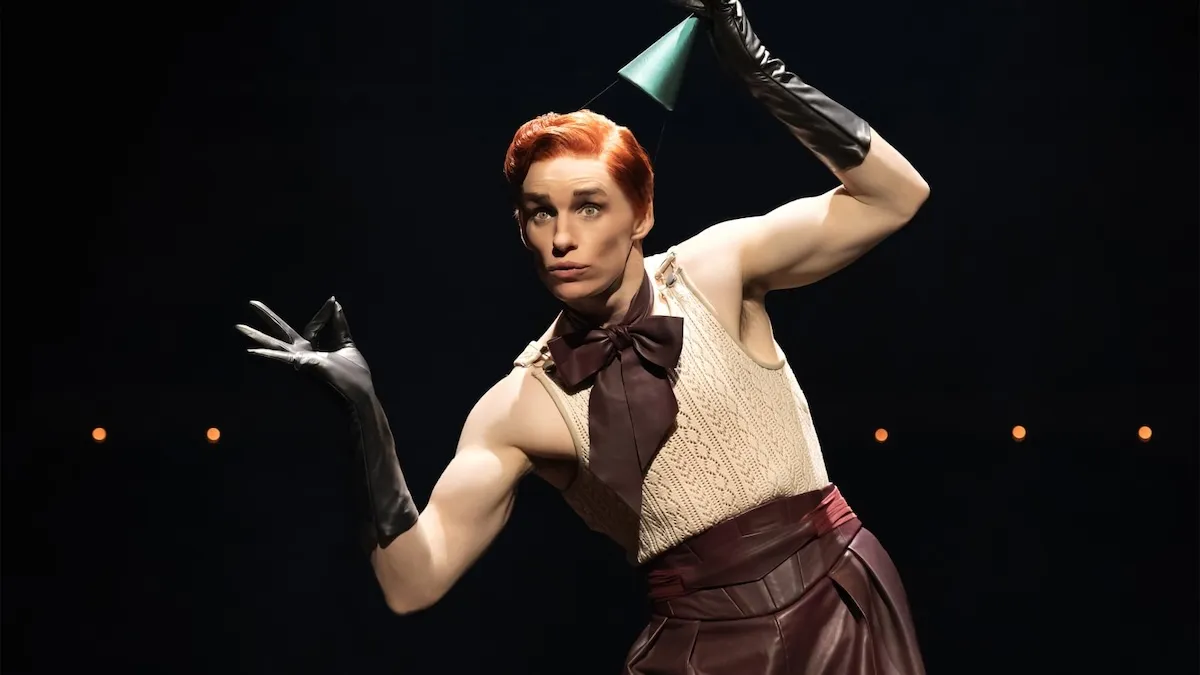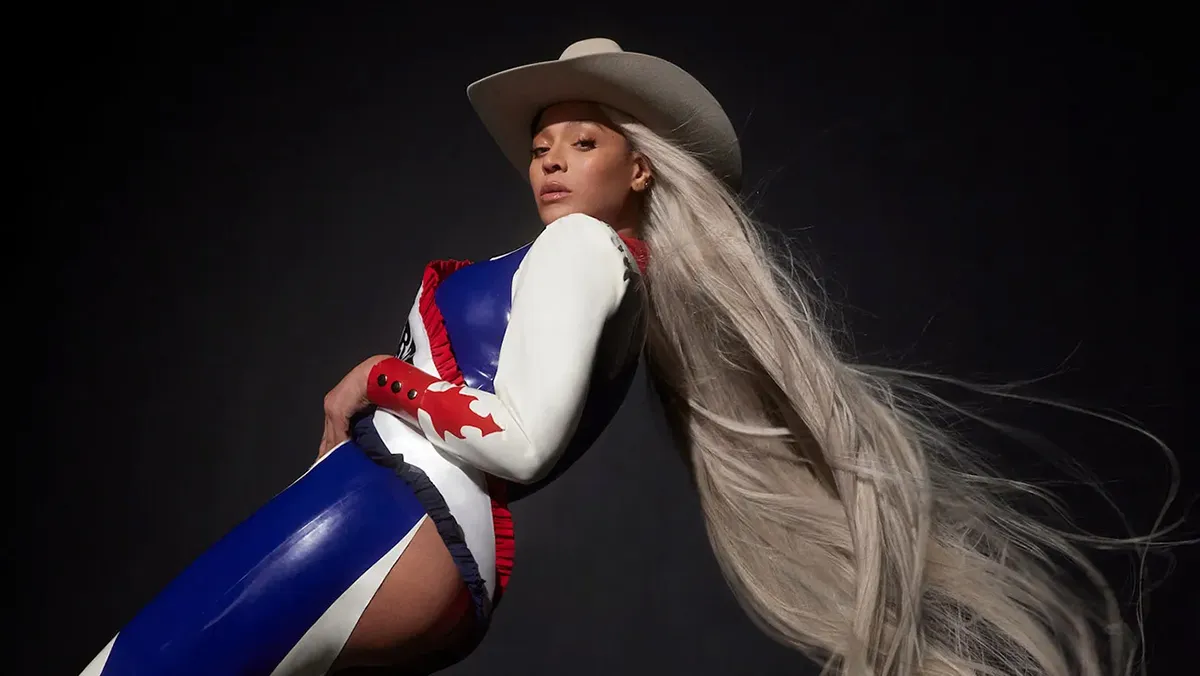Aren’t you tired of logging into TikTok and being bombarded with ads of new, must-have skin care products or trending clothing items you should get just because everybody else is buying them? If the answer is yes, you can take comfort in the knowledge that so are millions of others. That is why so many are finding comfort in a new trend called de-influencing.
What is de-influencing?
De-influencing has recently taken over social media and has become especially popular with Gen Z and Millennials. The main aim of this trend, and of self-proclaimed de-influencers, is to discourage people from buying products and over-consuming. This is quite a milestone because, historically, influencers have always pushed their audiences toward buying new products, as this is how they get their paychecks. But de-influencers aim to do just the opposite of that, making videos on why consumers should not buy the new fad product that’s going viral. The ultimate goal of de-influencing is to remind people that value isn’t found in material objects.
One of the main reasons de-influencing has become so popular is that people are just tired of constantly being harassed with ads for new products they should buy. Online, they’re impossible to escape: your favorite Youtuber has to sneak in a little brand deal somewhere in their video, and the PLT and SHEIN clothing haul videos on TikTok and YouTube are everywhere. Everybody always seems to be buying something these days, whether it’s a piece of furniture or a new technological gadget.
Now, let’s say that in a futile attempt to connect with nature, you switch off your phone and try to step outside. Suddenly, you’re being bombarded with McDonald’s billboards, posters of 12 different movies you need to watch, and pictures of that holiday you need to book. Everything is an attempt to get you to buy something. The truth is that we’re being torpedoed with ads every single day, and we keep buying and buying, chasing a lifestyle that is out of our league and misaligned with our true values.
There are many dangers to this lifestyle. The most obvious one is pollution, as many unused items end up filling our landfills, and many can take hundreds of years to decompose. These fast items we buy are just not built to last. Think back to your parents’ favorite piece of furniture that’s been around for the last decade or two. And now think about the stuff we get from IKEA, which is generally not manufactured with longevity in mind. Do you get the gist? It’s quite sad that many in our generation will never get to invest in those timeless pieces in a world that’s so hellbent on producing things in the quickest and cheapest ways possible.
The second issue is with how these products are made. At this point, we all know that most fast fashion brands, like SHEIN, are guilty of subjecting their workers to inhumane working conditions. So, not only are these items low-quality but they’re also being made in a way that is completely unethical.
We also can’t ignore the dangers that overconsumption can have on our mental health. Compulsive shopping can be linked to psychiatric conditions like obsessive-compulsive disorder, depression, or bipolar disorder. Overconsumption is a danger not only to our mental health but also to our pockets. In 2021, U.S. consumer spending was almost $16 billion dollars, a $5 billion dollar increase from 2010.
However, despite the positivity of the trend, some so-called de-influencers have received flak for de-influencing viewers from certain products just to recommend others that, in their opinion, work better. This is exactly the opposite of what the de-influencing trend is trying to do. And it just goes to show that, after all, some influencers will never learn.
(featured image: iStock / Getty Images)









